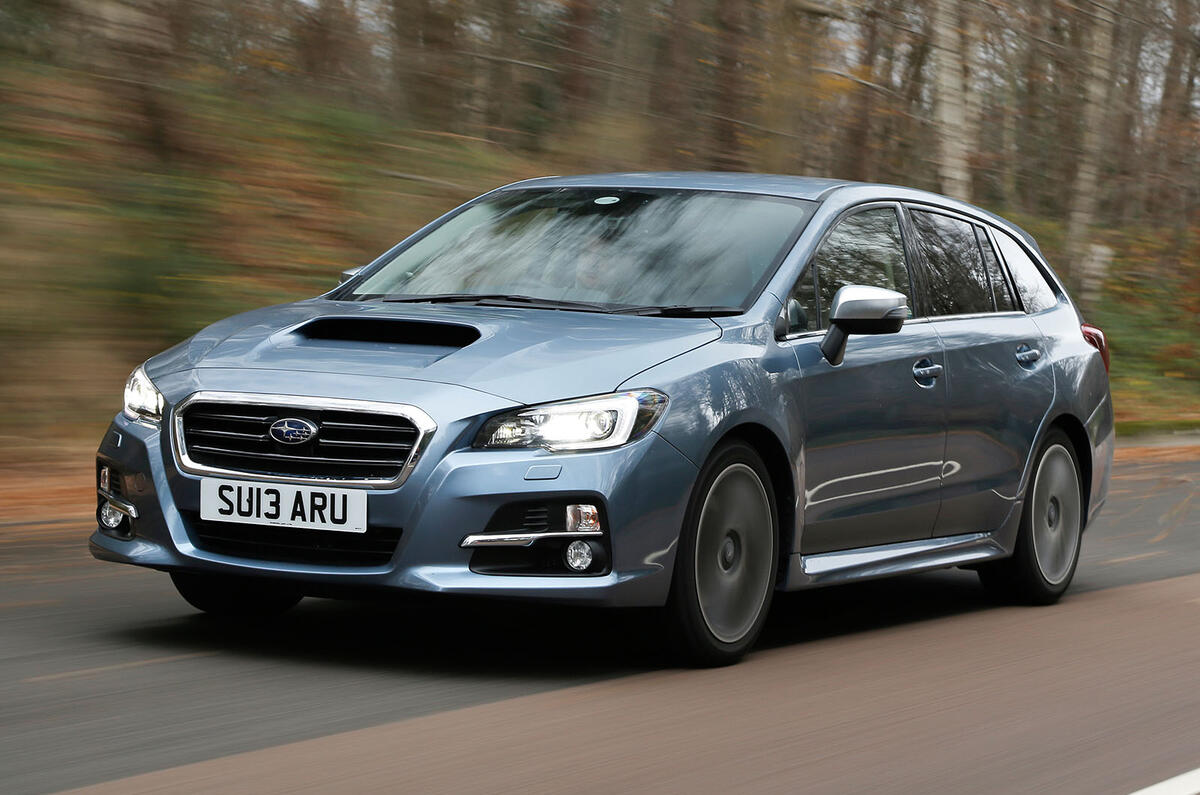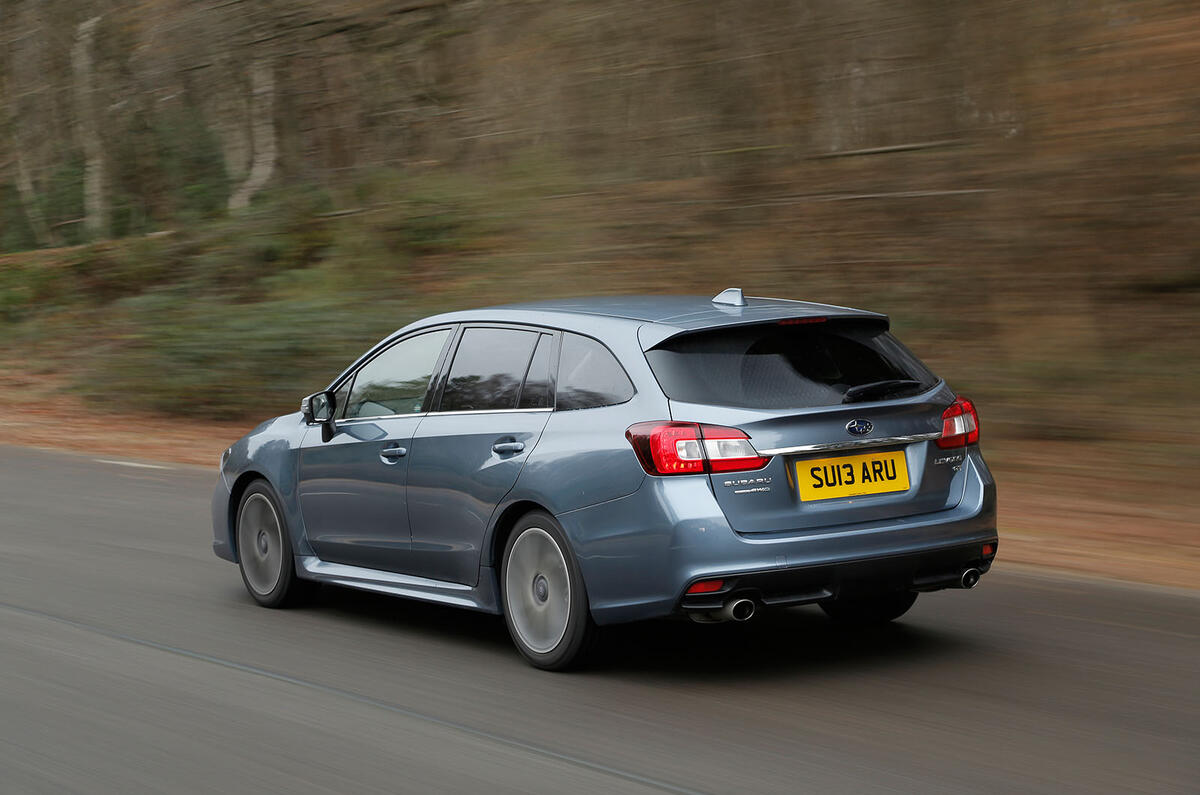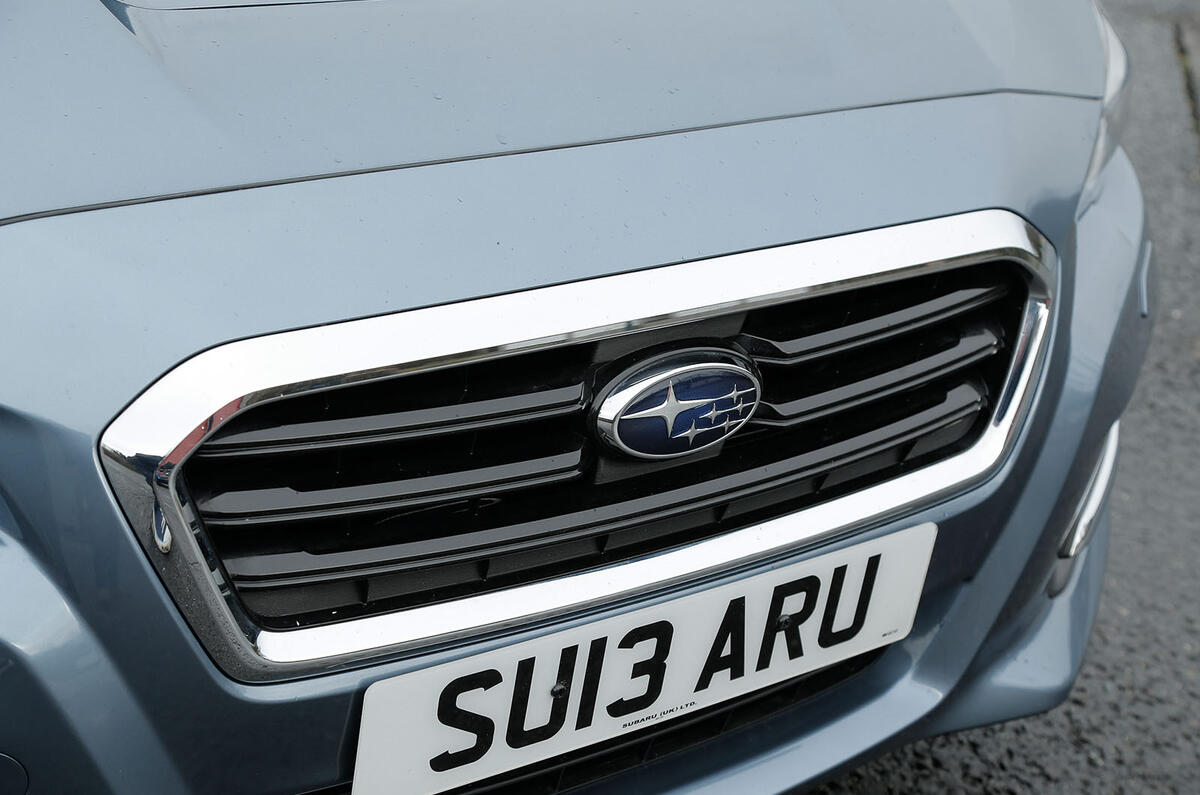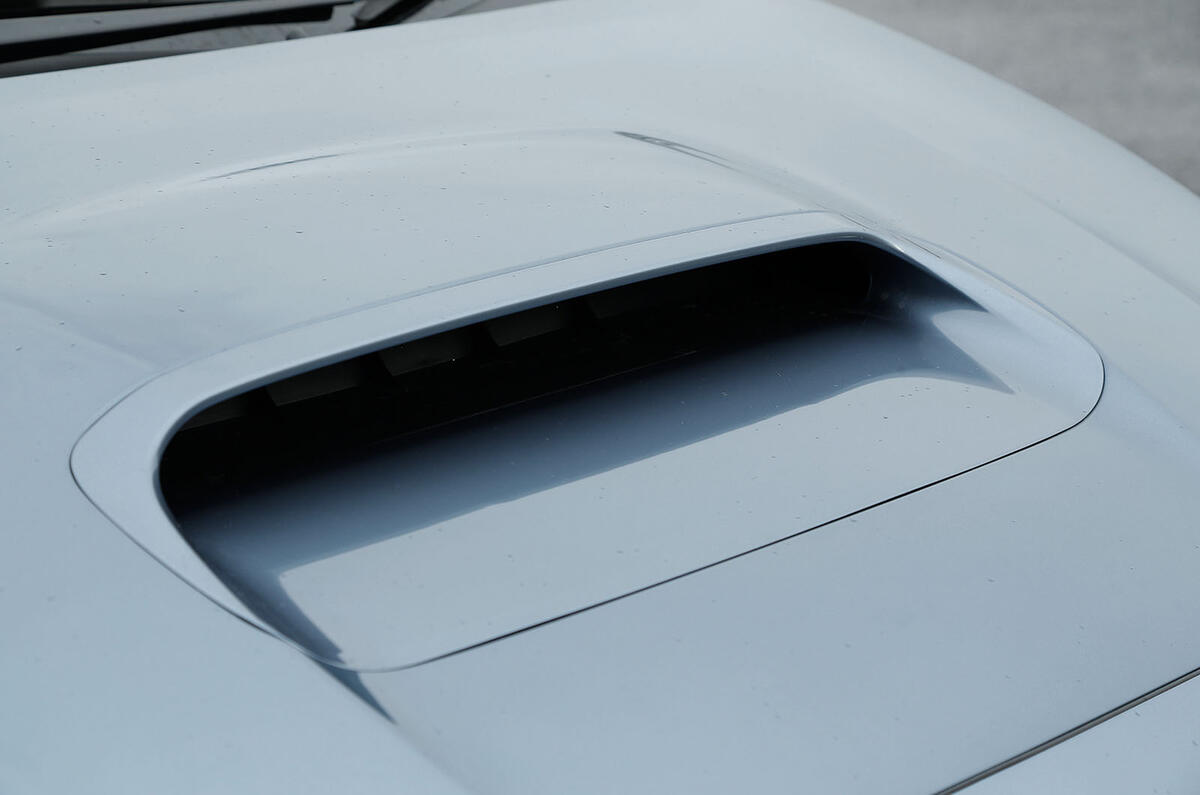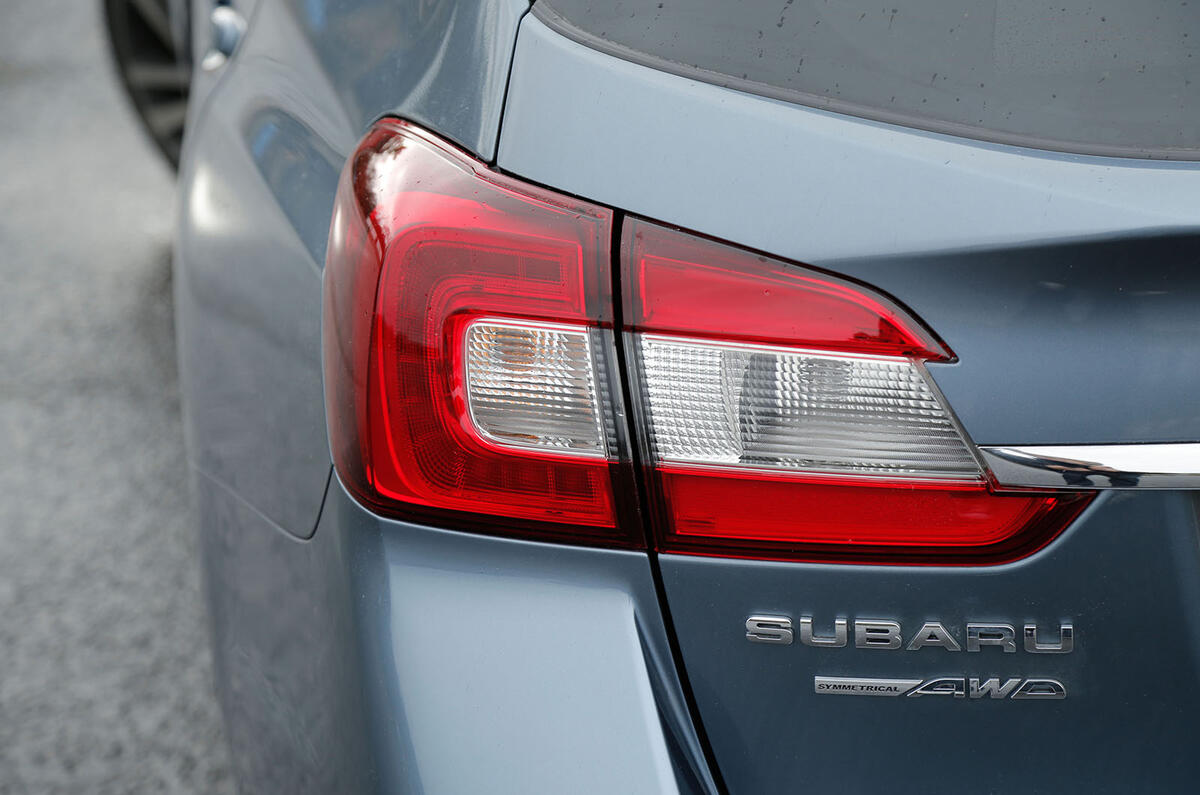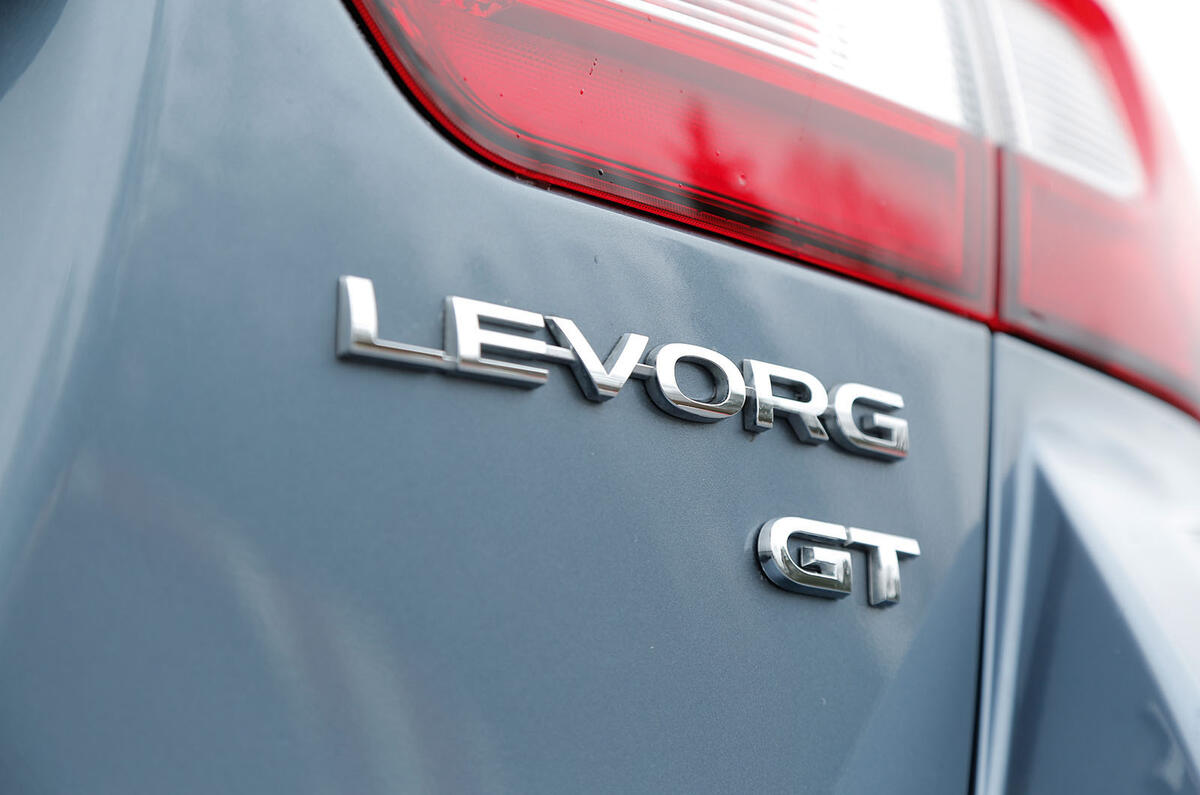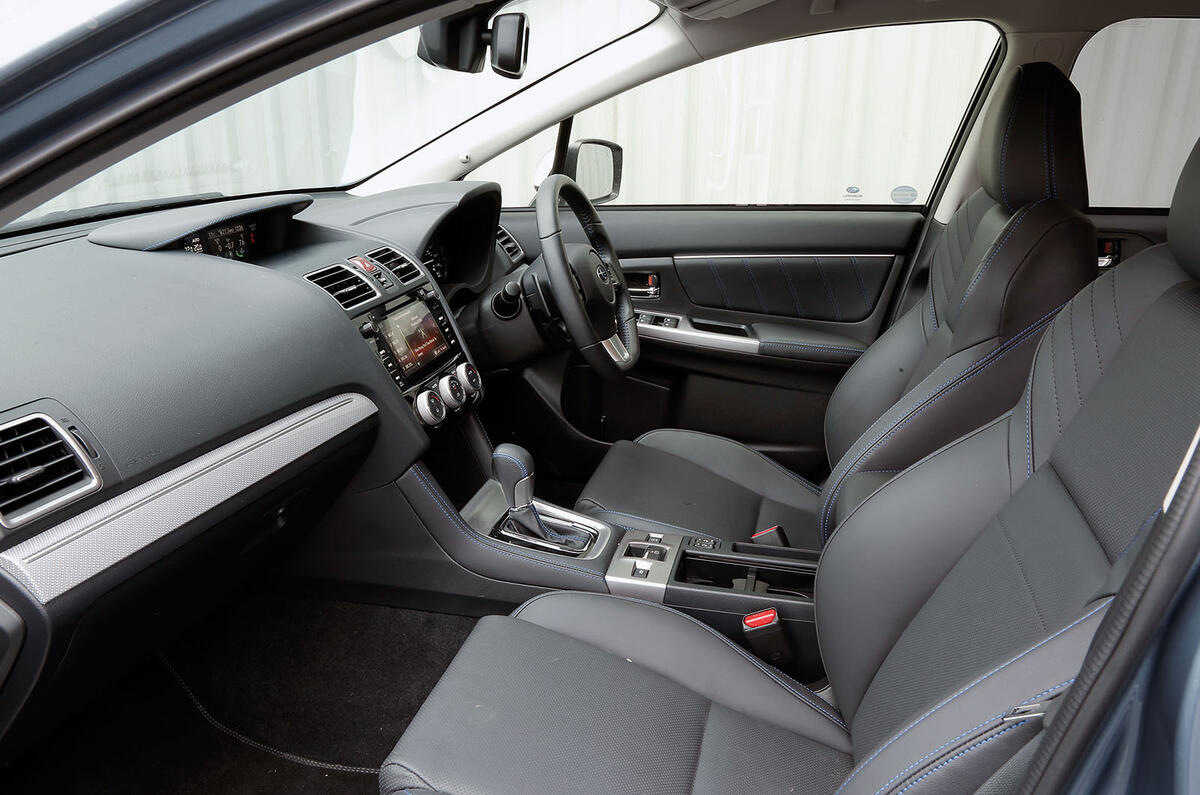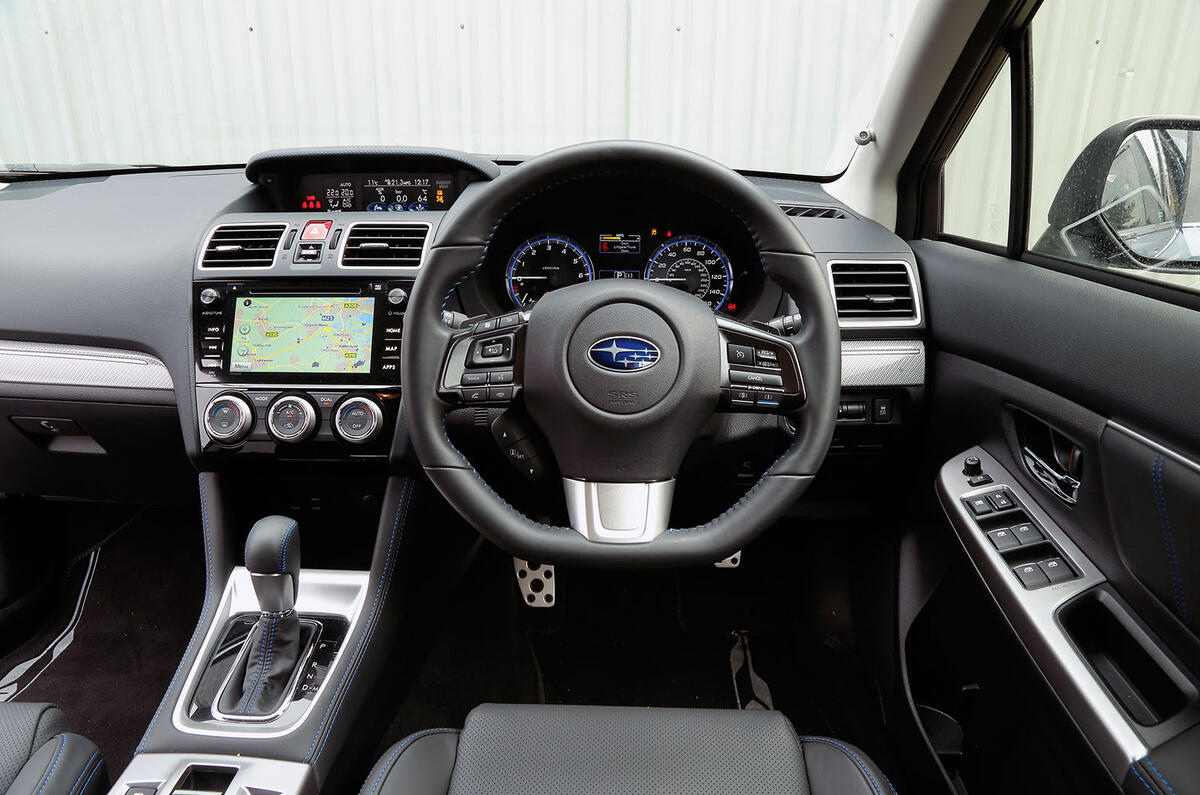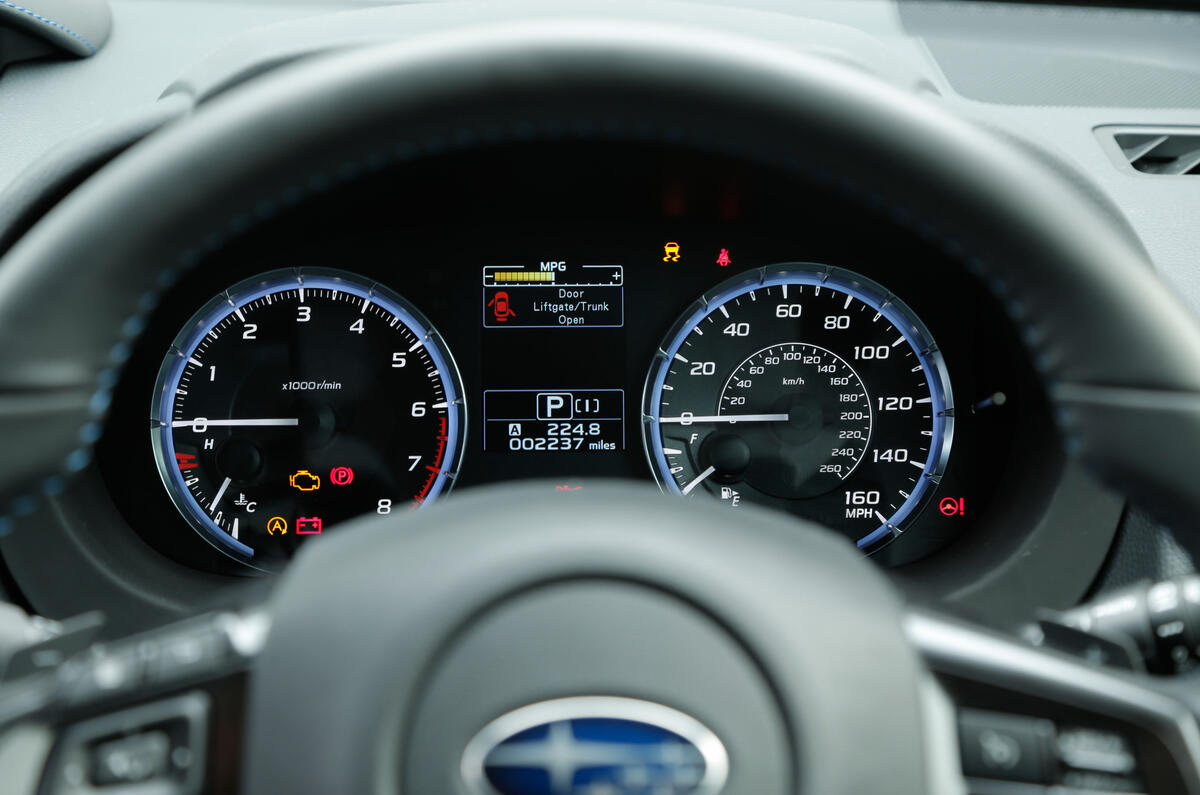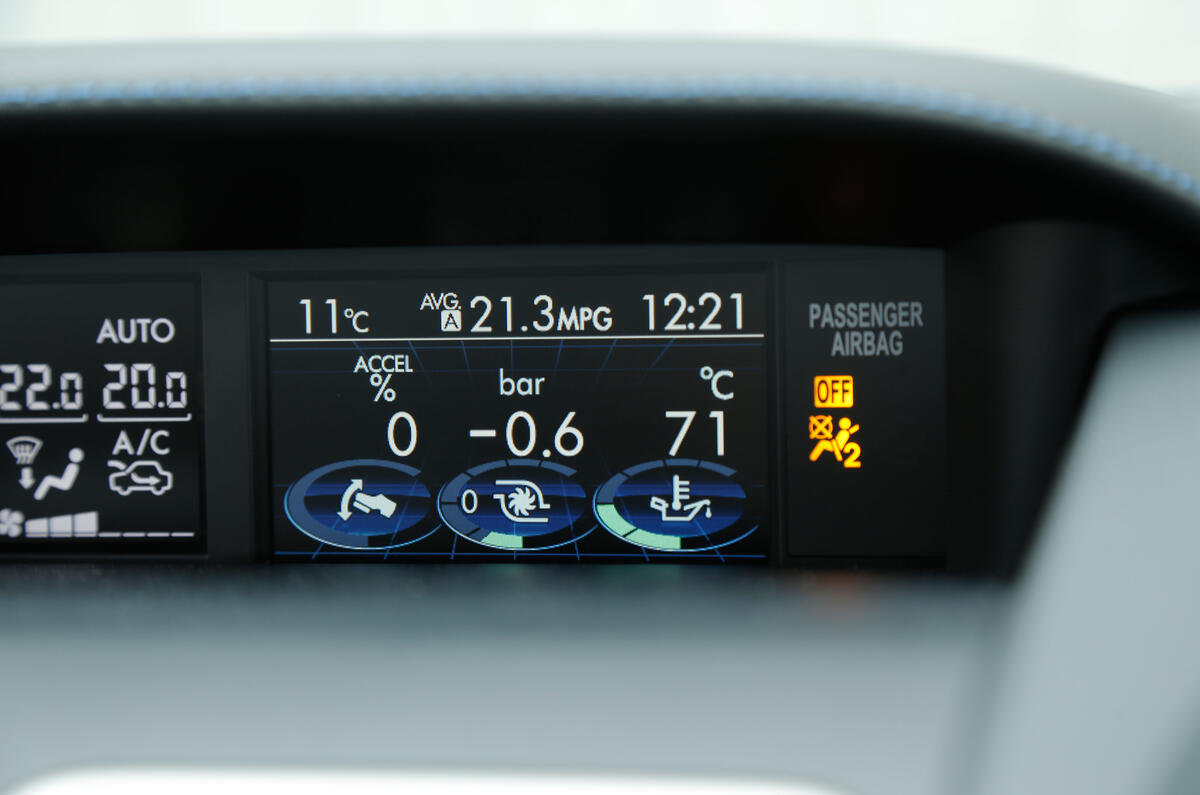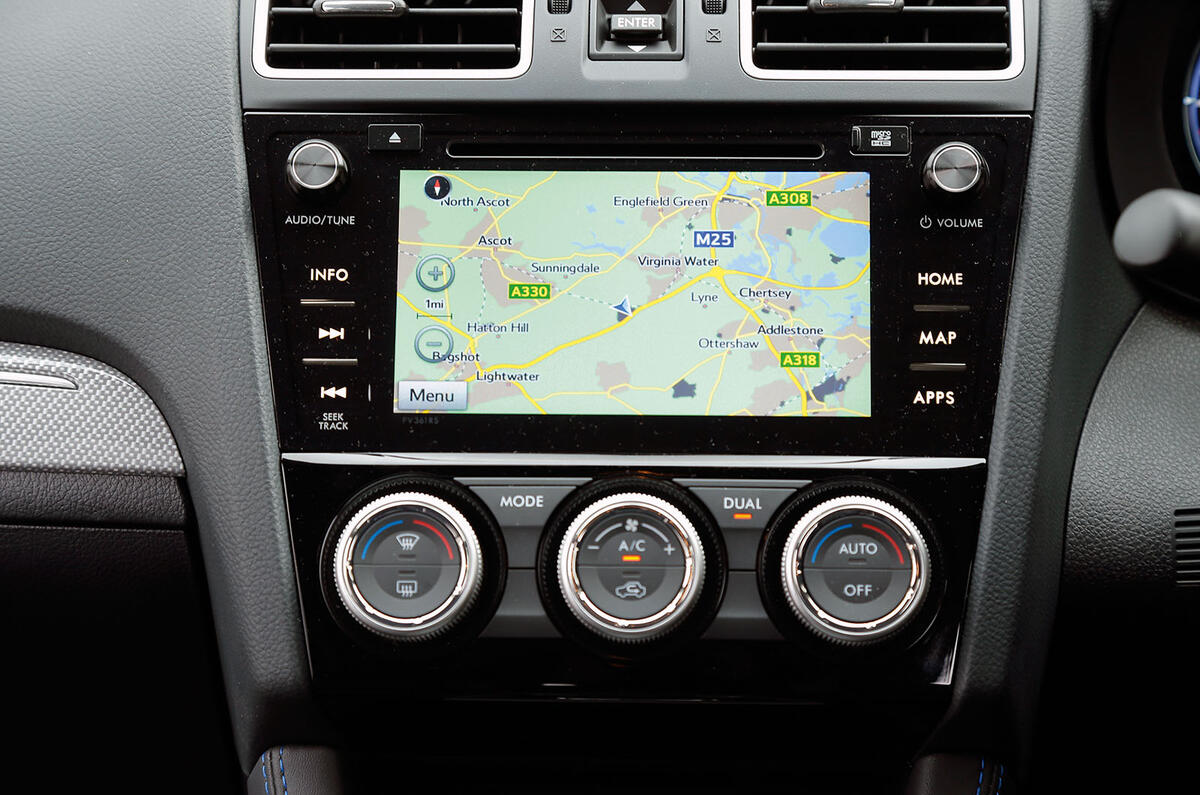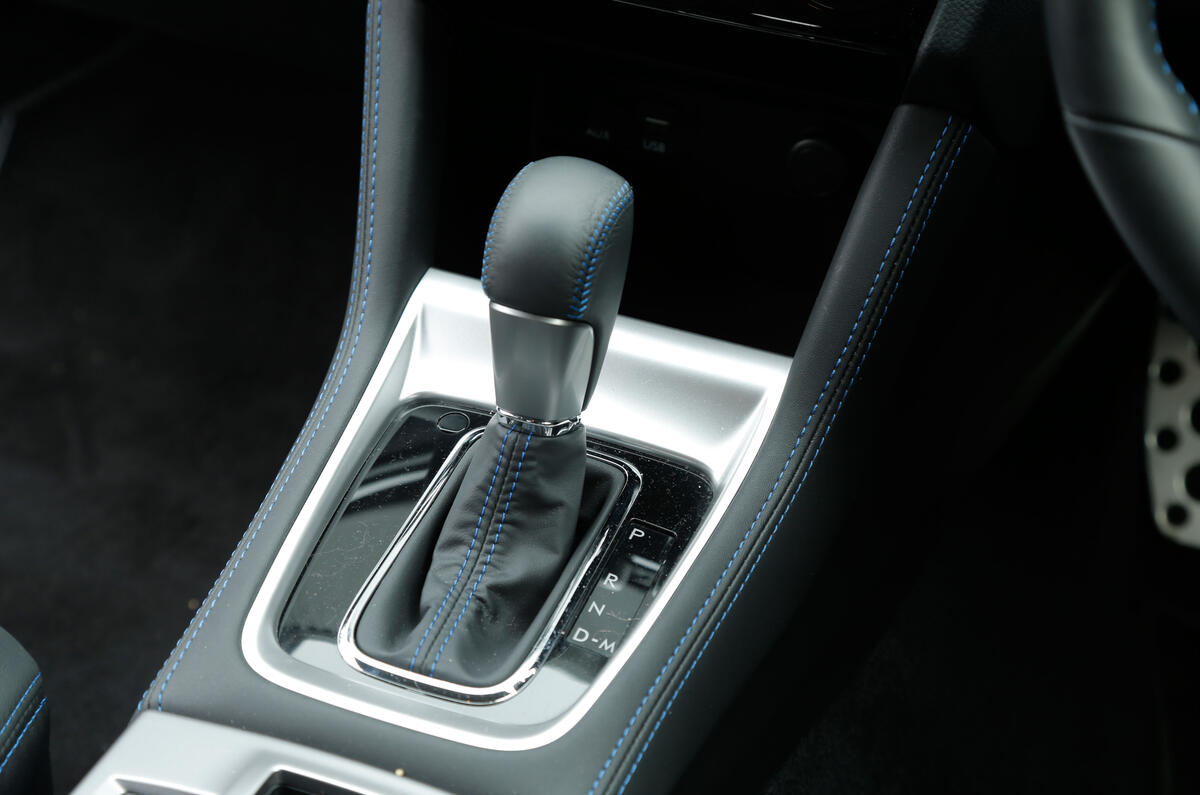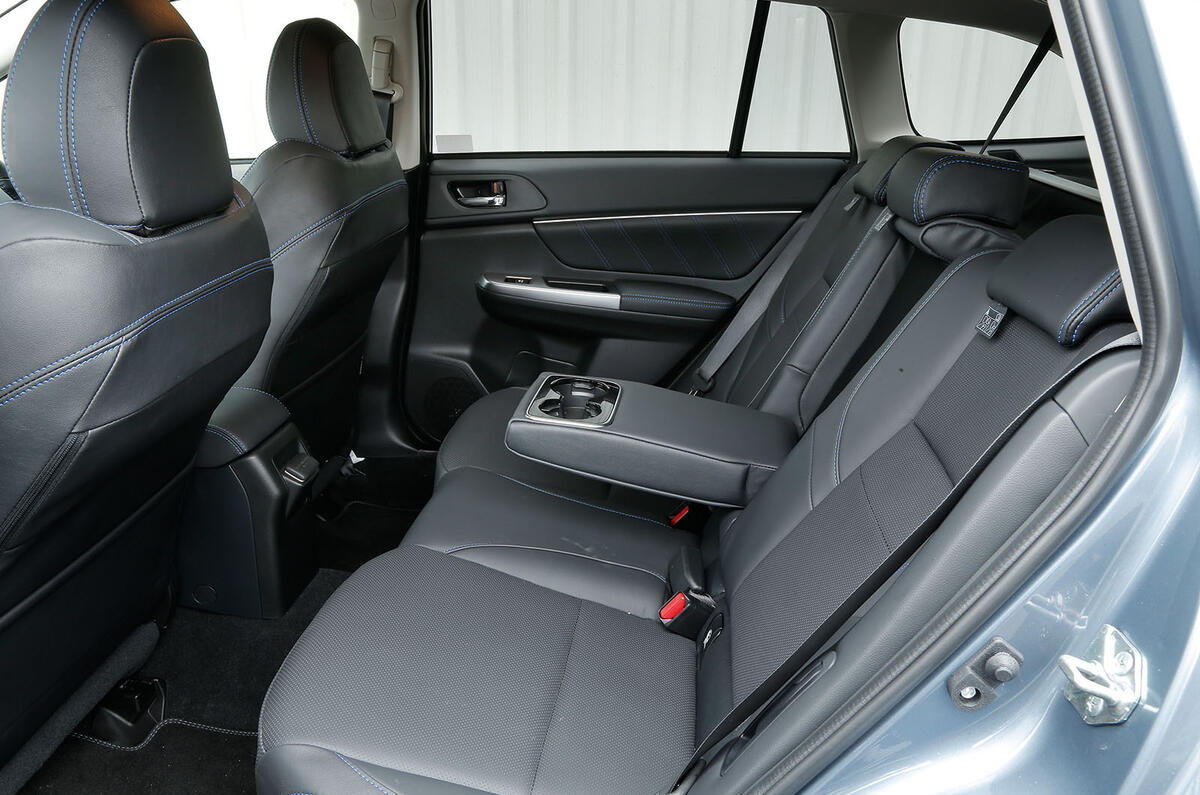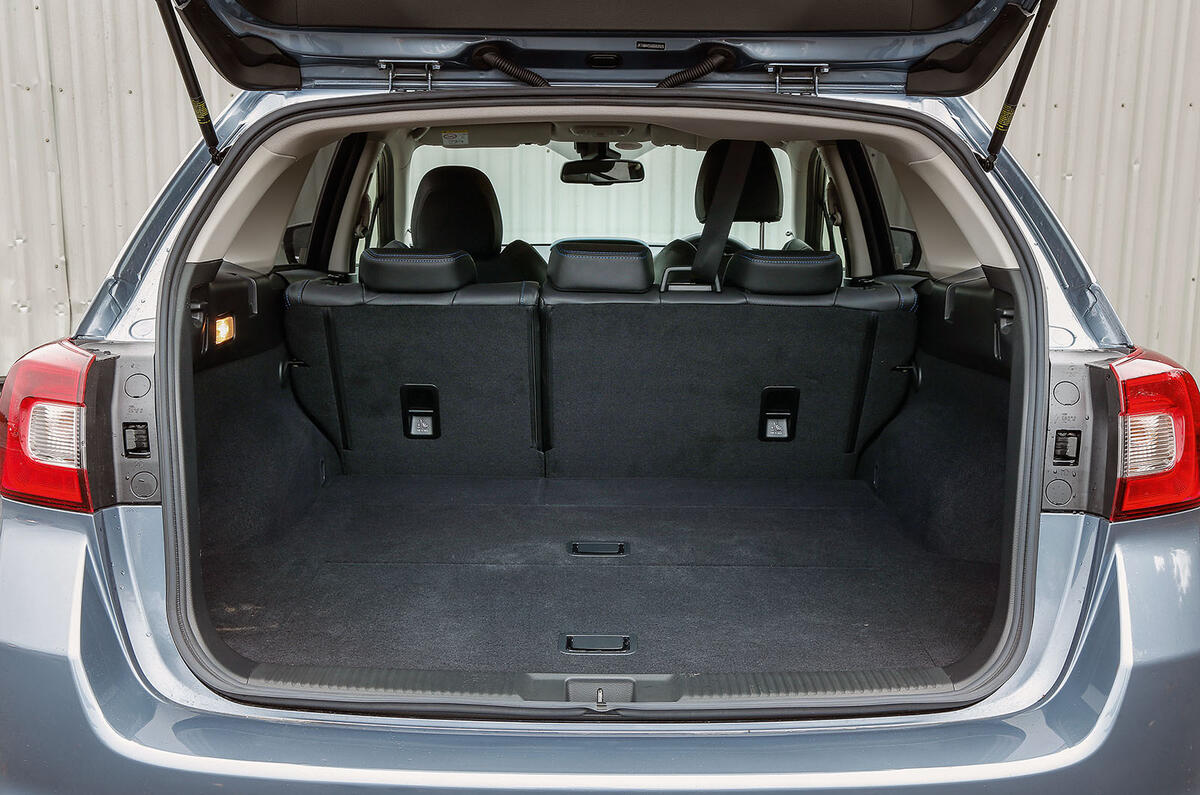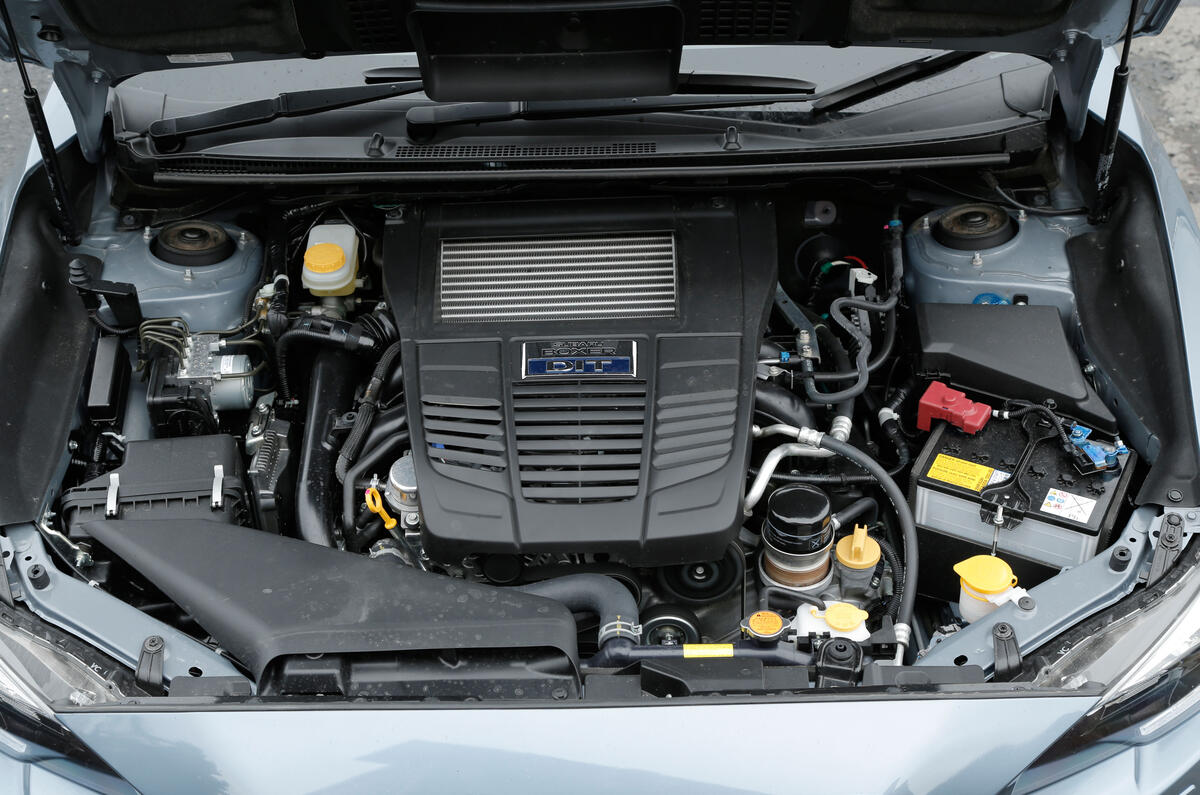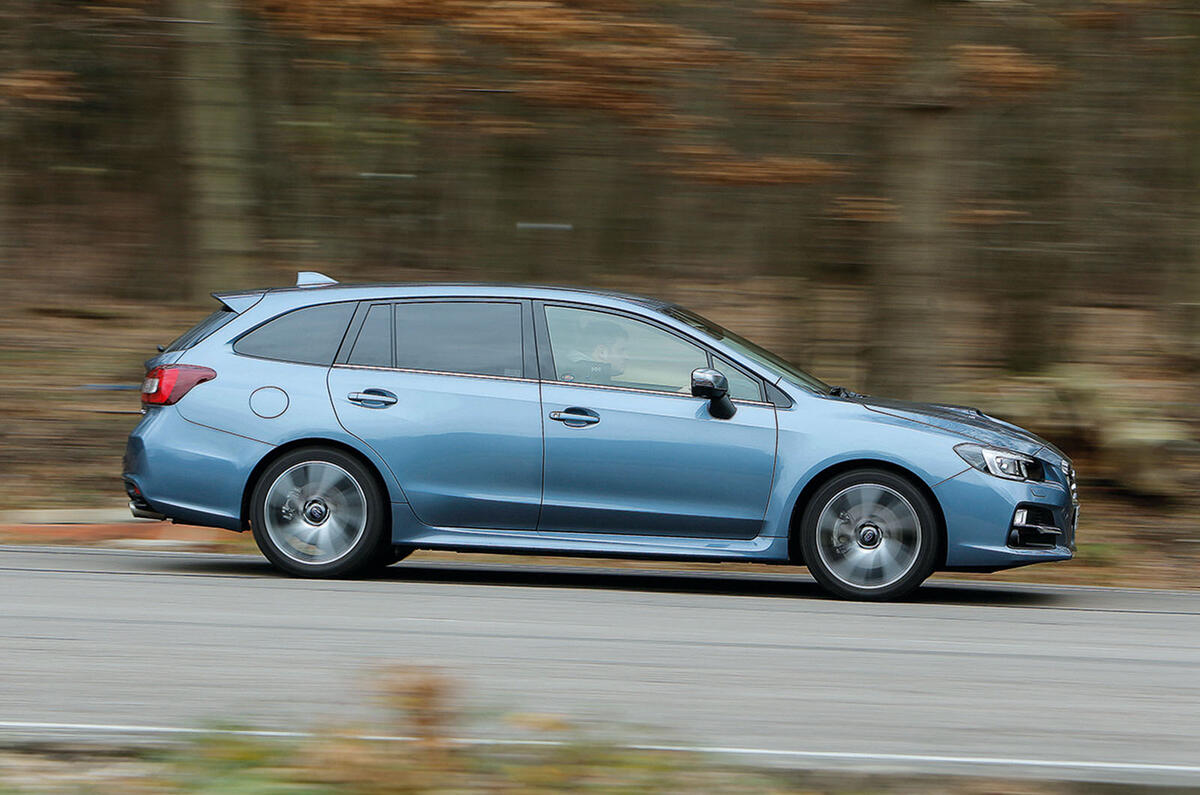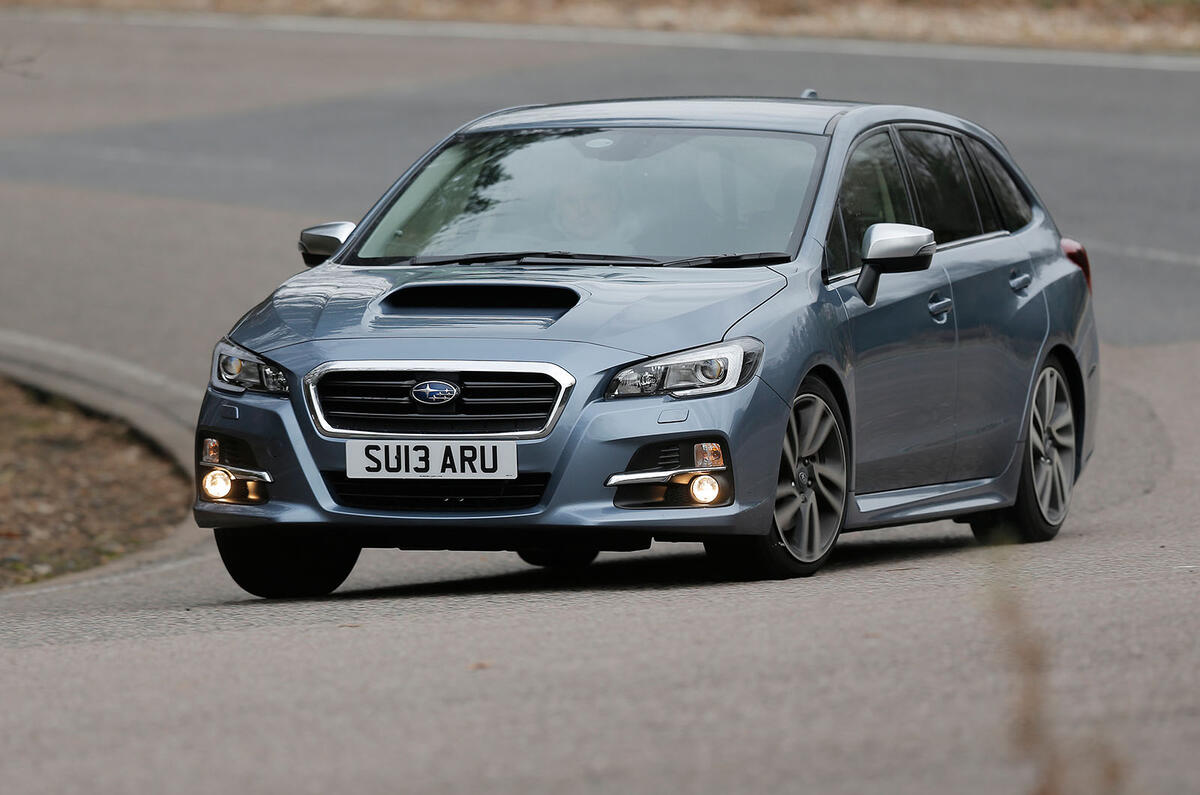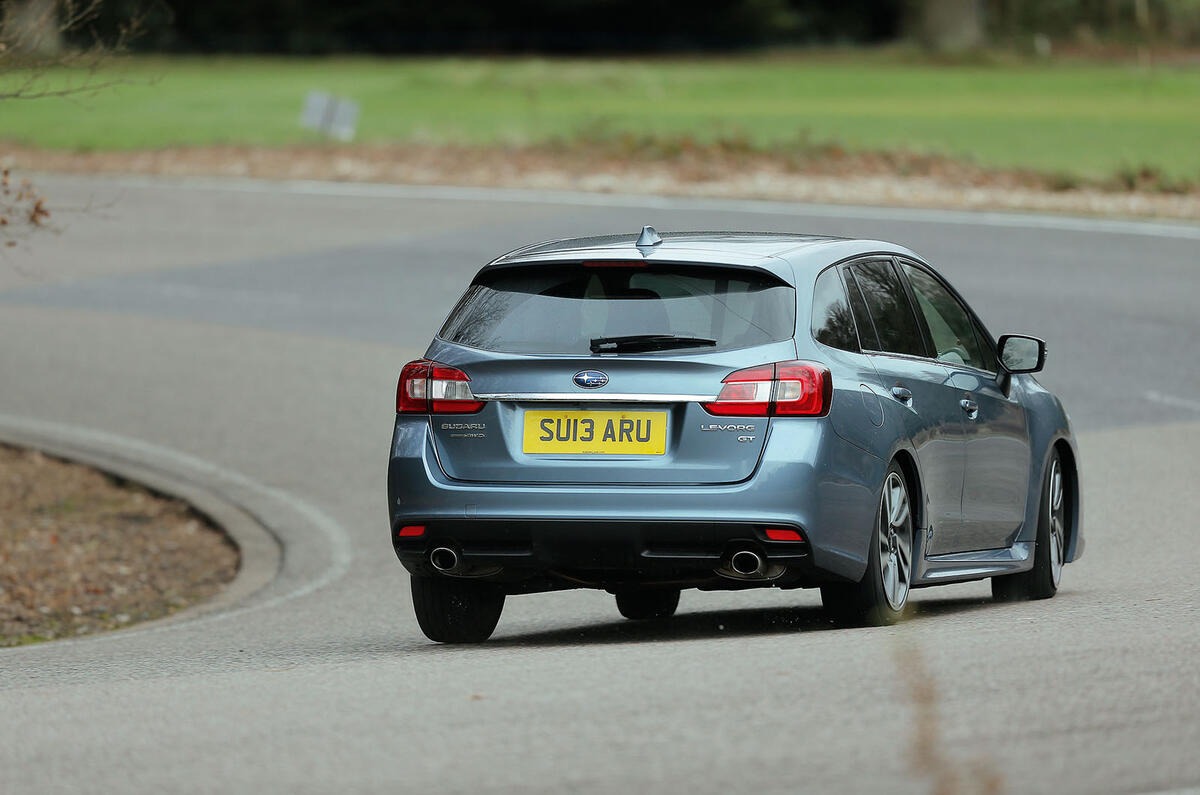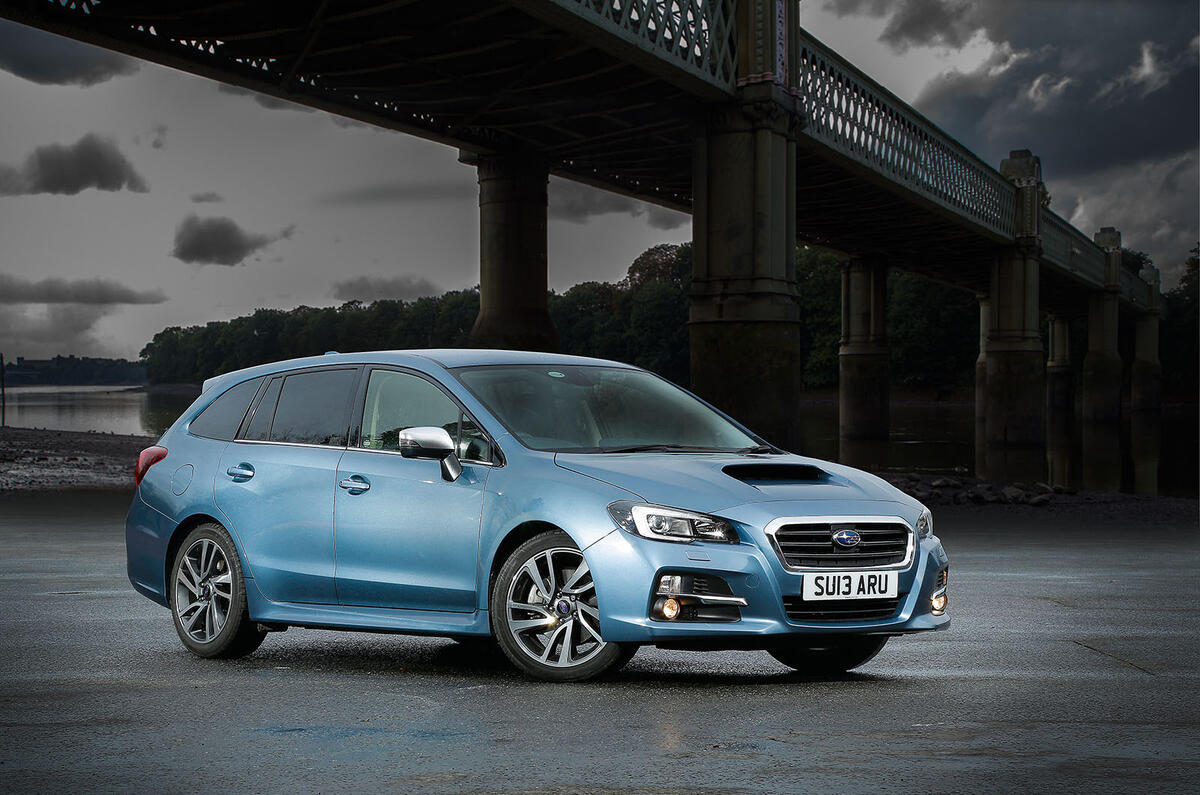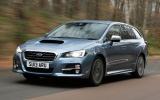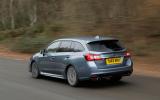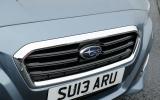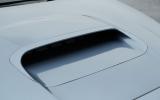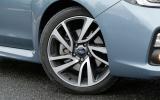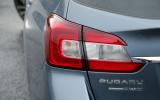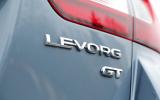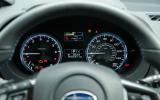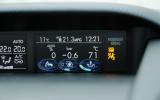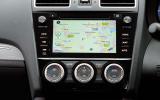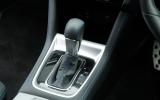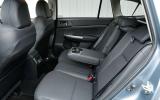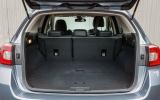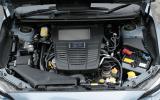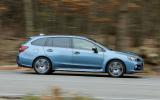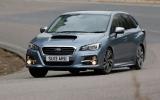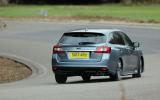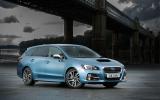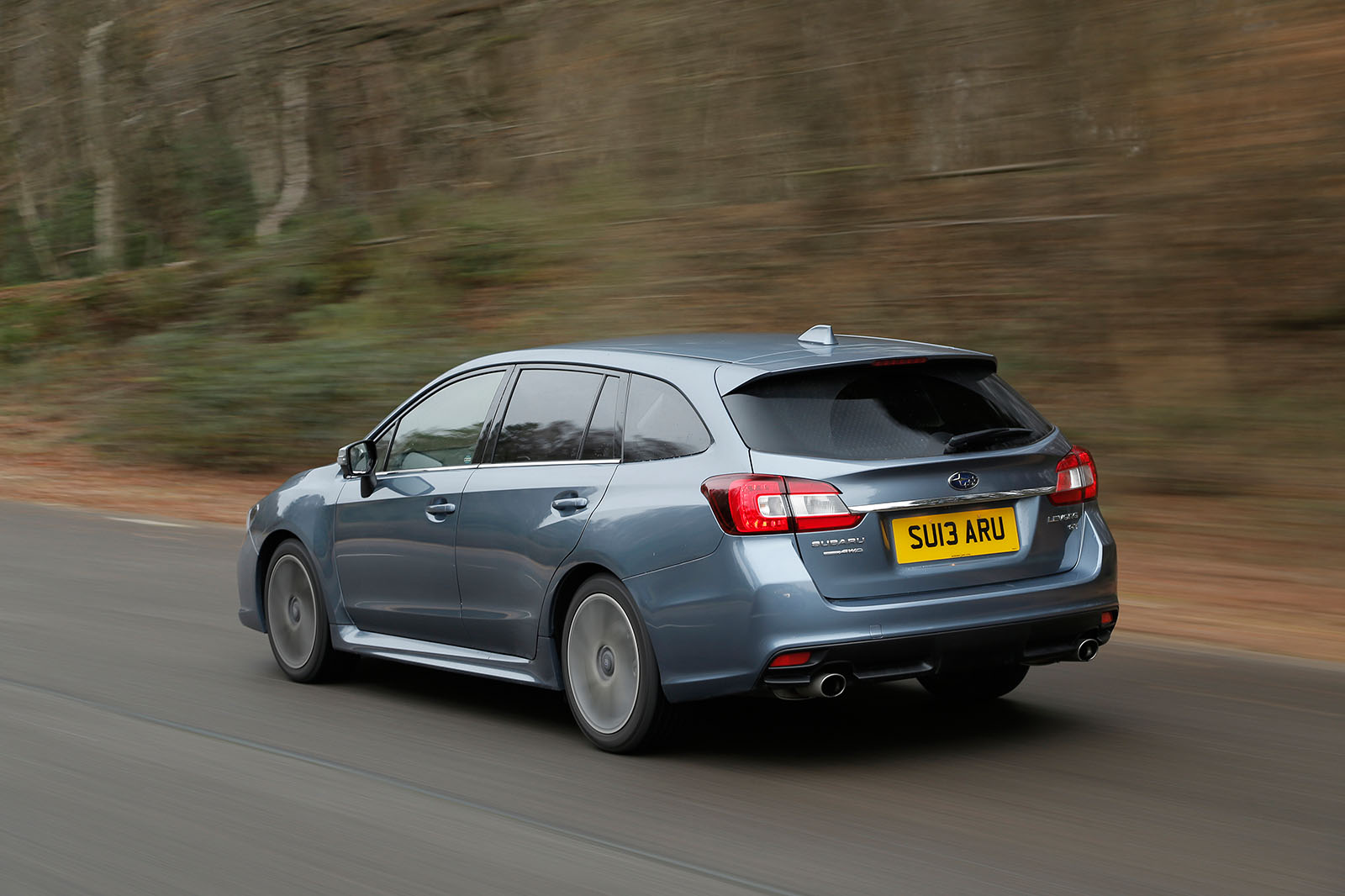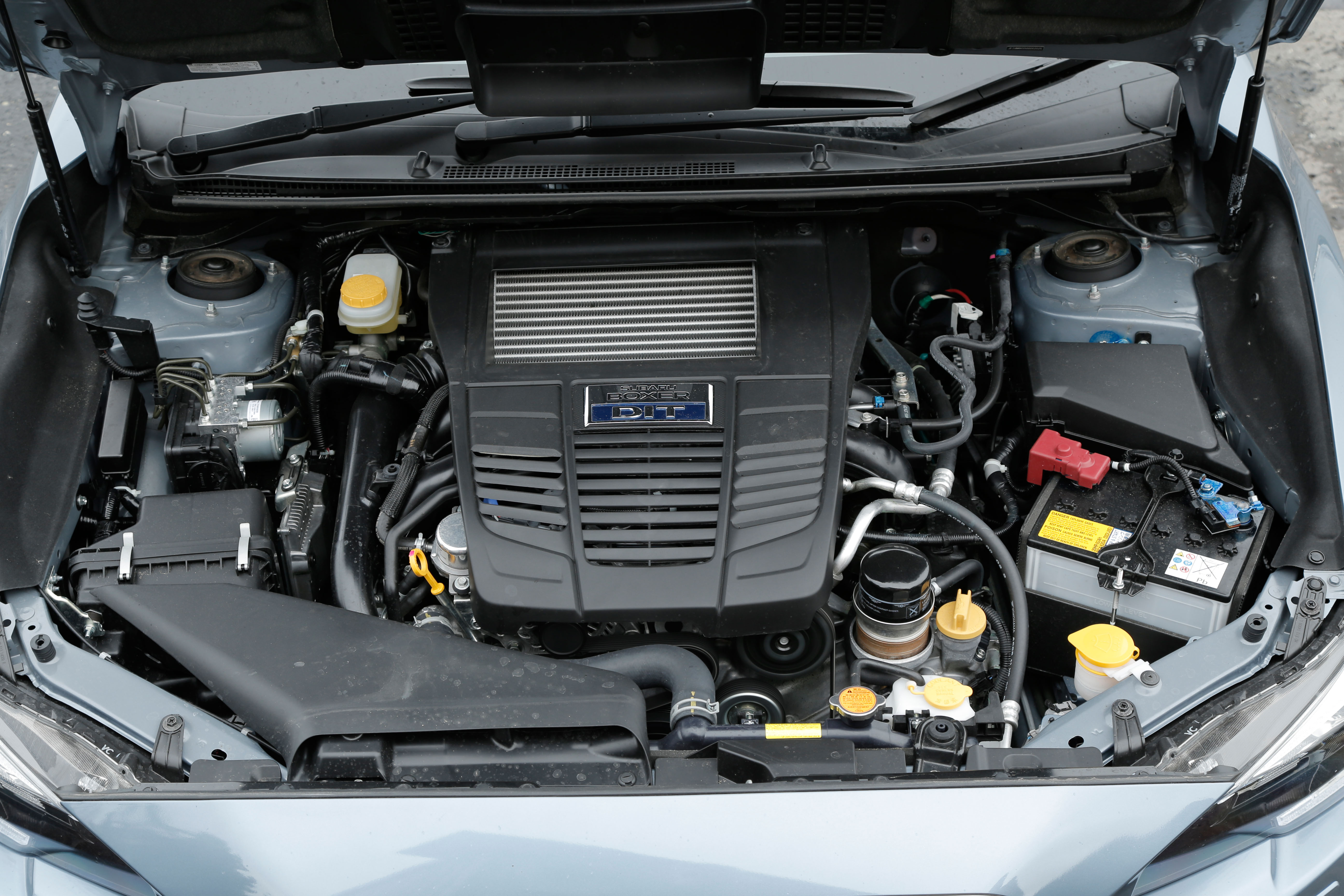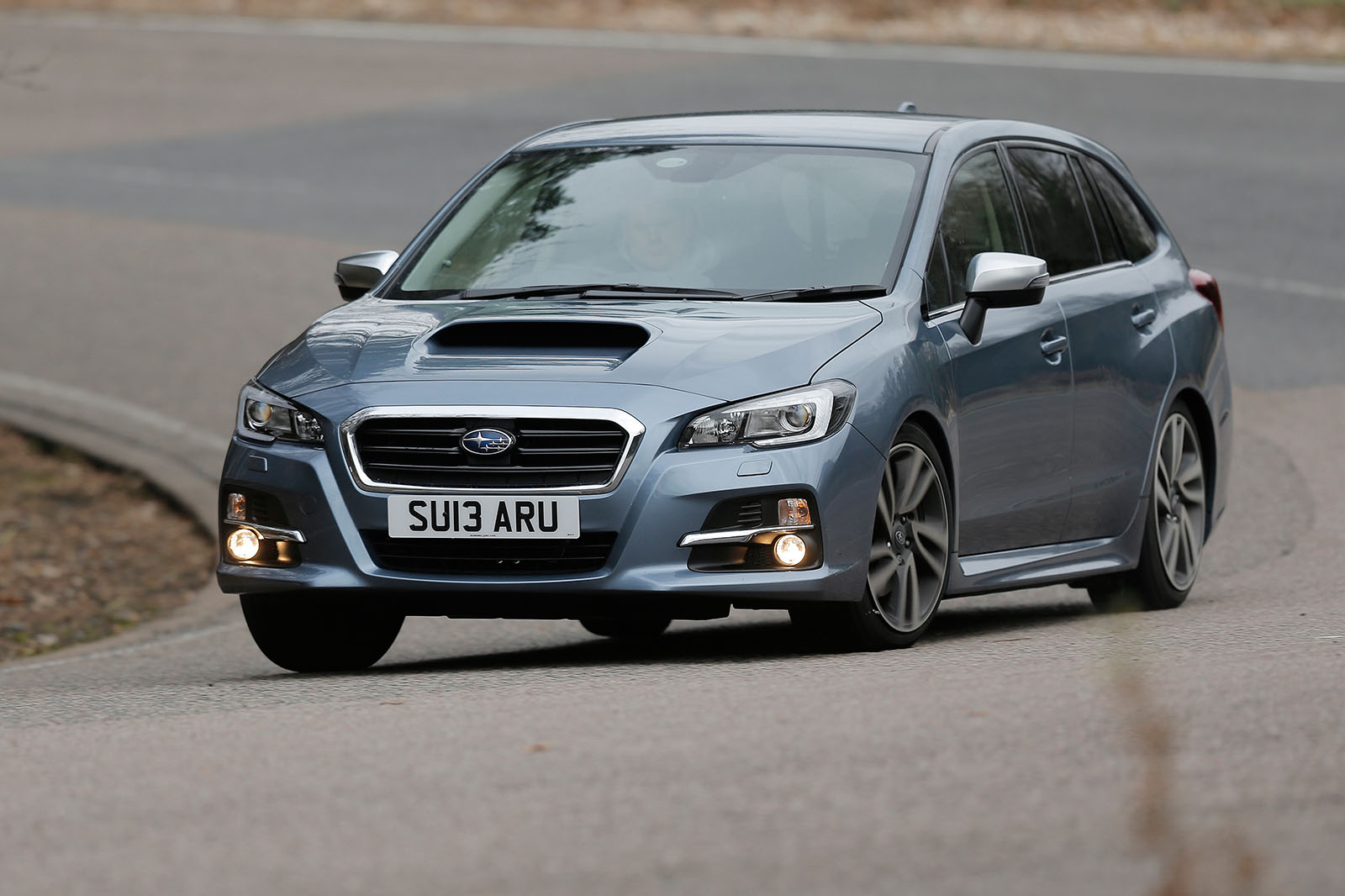Subaru’s thoroughly uncomplicated interior design language feels like it coagulated around a decade ago and then set like concrete.
Anyone familiar with any Impreza from the period is likely to get comfortable quickly, as much of the architecture and aesthetic seems to have been transplanted virtually wholesale.
The improvements, according to Subaru, are in the quality of the trim materials, a greater proportion of which are now soft-touch furnishings.
That’s true, but the addition of some piano black finish on the fascia and blue stitching on a new-look flat-bottomed steering wheel doesn’t dramatically lift the Levorg’s cabin beyond Subaru’s usual humdrum standard – and it isn’t going to be enough to tempt customers out of Germany’s premium-brand cars.
The cabin’s virtues are familiar, though. There’s an undeniable robustness built into the rudimentary feel, and like those of most of its stablemates, the Levorg’s fittings exude a sense of indeterminate toughness. Likewise, the fascia’s layout is sensible and largely ergonomically sound, helped no end in the modernisation stakes by the introduction of Subaru’s latest 7.0in infotainment touchscreen.
Spaciousness could also be listed among the Levorg’s assets. As its underpinnings suggest, it is not a conspicuously large car, yet the road test tape measure suggests you get more rear leg room here than you would in a well-proportioned family hatch such as the Audi A3 Sportback.
The head room under the boxy awning is unsurprisingly decent, too, meaning that adults will fit in the back with room to spare.
The load bay is appropriately large, with the 522 litres of space on offer with the rear seats up being slightly more than you’d get from a Ford Mondeo estate.
The claimed 1446-litre capacity with the rear seats down is inevitably less than that of the Ford Mondeo, but with a load bay length of nearly 1.9m, Subaru’s assertion of ‘high practicality from a compact footprint’ is no empty claim.
Subaru’s previous lack of a competitive infotainment system was well resolved with the current Subaru Outback, and the Levorg shares its ritzy-looking 7.0in touchscreen with its bigger sibling.
A standard item in UK cars, the display suffers a little from being overly reflective, but its responsiveness and clarity are both decent.
And while there isn’t much flourish to the software, its functions — including sat-nav — all passed the usability test (despite falling into the trap of presenting DAB stations in ensembles rather than a real-time list of what’s available). Navigation mapping detail is good, while directions are clearly displayed and easy to follow.
The stereo is a six-speaker set-up of serviceable quality, and there’s extra functionality to be gained from connection to a smartphone if you download the apps to pair up with Subaru’s Starlink system.
As for the standard equipment, with only one trim level, the Levorg’s list is fairly extensive with dual-zone climate control, cruise control, rear-view camera, four USB ports, sat nav, LED headlights, leather upholstery, and electrically adjustable and heated front sports seats the key highlights.


